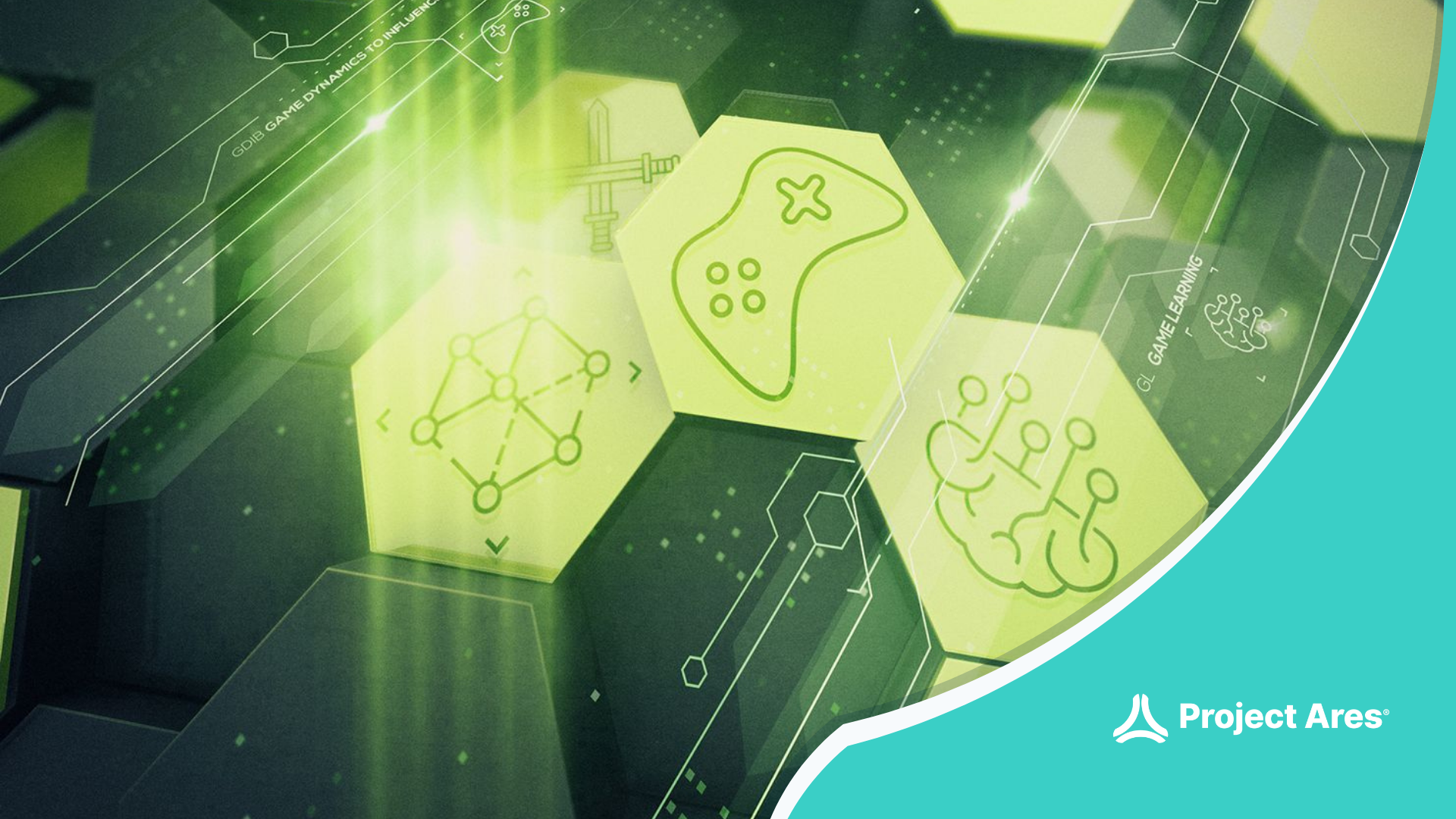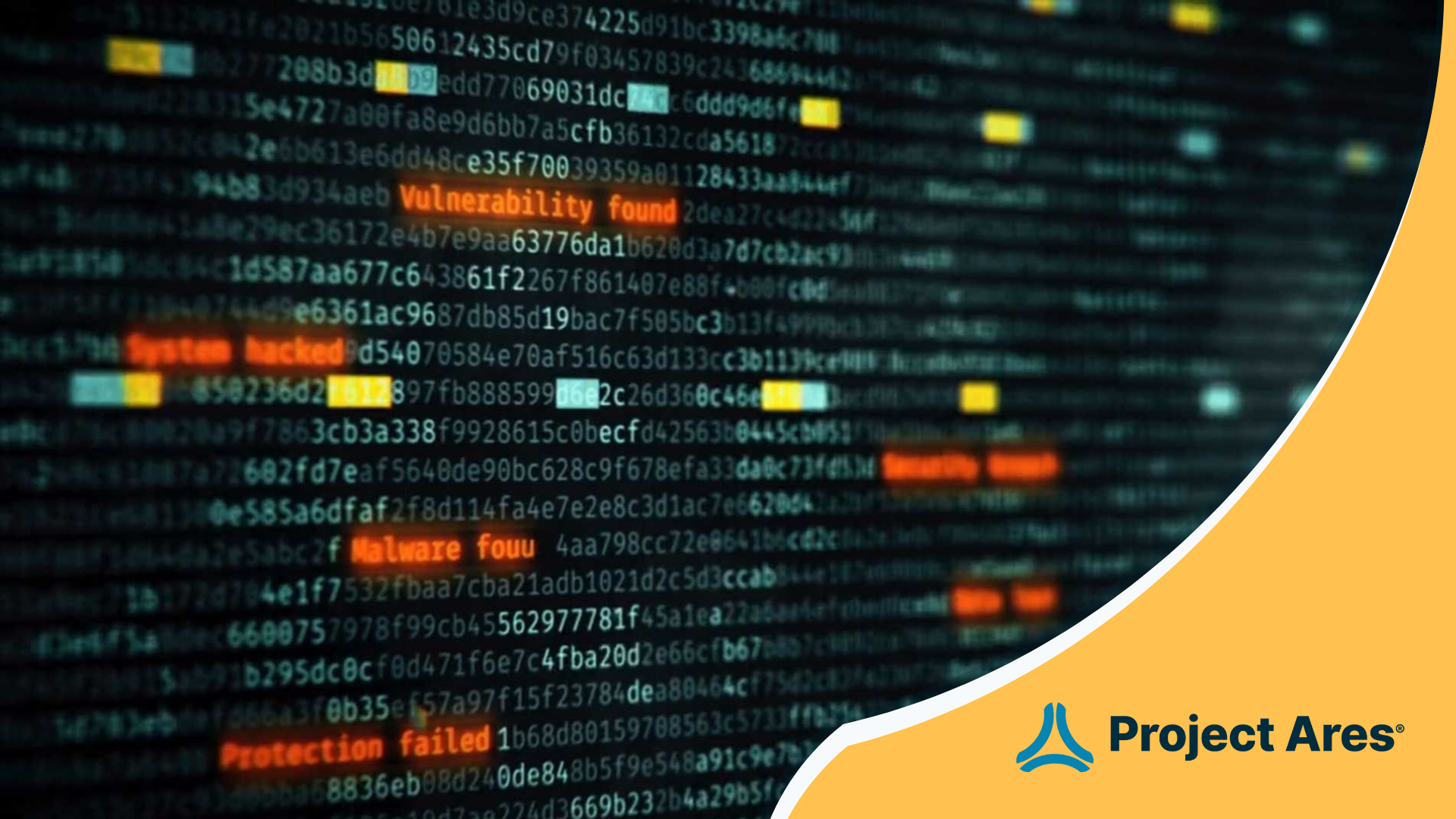The Internet of Things Ushers in a New Wave of Cybersecurity Needs
The internet has changed rapidly since its inception in 1983. The way we communicate, consume news and media, shop, and collect data are just a few examples of the way the internet has changed the world. A term you may have heard crop up in recent years is IoT, or The Internet of Things . IoT is about extending the purpose of the internet from use in day to day devices like smartphones and computers to use as a host of connected “things.”
So why would we want to do that? When something is connected to the internet and able to send and receive information, it makes the device smart. The more smart devices we have, the more connected and controllable our environment will become. IoT provides important insights to businesses and people that allow them to be more connected to the world and to do more meaningful, high-level work.
While the Internet of Things holds incredible potential for the world, it also means opening up more avenues of vulnerability for hackers to tap into our infrastructure, our homes, and our businesses. On a large scale, the development of “smart cities” are cropping up, promising better usage of resources and more insights from data among other things. On the other hand, this could allow hackers higher access to critical infrastructure leading to potentially crippling instances of national and industrial espionage. On a smaller scale, things like parking meters can be hacked in order to cheat the system for free parking.
The rise in IoT security must match the explosive growth rates for these devices, which means that a new era of cybersecurity is being ushered in. Nearly half of U.S. companies using an IoT network have been hit by a recent security breach, and spending on IoT security will reach more than $6 billion globally by the year 2023.
Where does this leave us in a world with a seemingly bright technological future that holds such dark potential? As IoT continues to grow and evolve, it’s hard to say what specifics need to be put in place in order to keep it secure. However, there are some good general practices that can mitigate your personal and professional risk of being a victim of a breach.
- Be aware when it comes to downloading apps. Always read the privacy policy of any apps you’re thinking of downloading to see how they plan to use your information and more.
- Do your research before you buy. Smart devices collect a lot of personal data. Understand what’s being collected, how it’s being stored and protected, and the manufacturer’s policies regarding data breaches.
- It seems obvious, but use strong and unique passwords for your device accounts, Wi-Fi networks, and connected devices (and update them often).
- Use caution when utilizing social sharing features that can expose your location information and could let people know when you’re not at home. This can lead to cyberstalking and other real-world dangers.
- Install reputable security software on your devices and use a VPN to secure data transmitted on your home or public Wi-Fi.
All these tips are focused on educating yourself as a responsible user of the internet and sharer of all things personal and professional. To protect yourself (and others around you), keep learning safer internet and cybersecurity practices. Cyber is always changing, just like the internet, and if we overlook a privacy policy or share a little “too much” on social media, we place ourselves at risk of exploitation and danger. It is up to us, the individuals who use this technology day in and day out, to create safer spaces online to communicate and continue to enjoy the internet in all its glory.
Eventually, there is hope that the IoT industry is able to revolutionize cybersecurity for itself, as compliance and regulation never seem to catch up to the pace required by cyber defense technologies. Since this is still such a new industry and constantly evolving, utilizing the aforementioned tips and tricks will help you stay safe while IoT security gets its footing. There is a lot to look forward to as IoT continues to revolutionize the way the world works, it’s just a matter of time before cyber teams are ready to take on this new wave of security needs.
Photo by Domenico Loia on Unsplash








